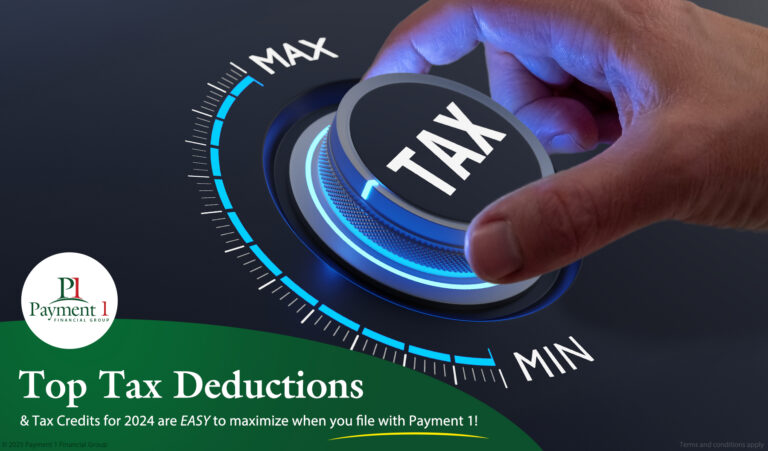APR vs Interest Rate: Understanding the Difference

Are you taking out a personal loan or a car title loan? Chances are you’ll encounter two terms: APR and interest rate. Annual percentage rate and interest rates are two values that refer to a similar concept. Then again, they have subtle differences when you calculate them.
As you evaluate the total cost of a personal loan, it’s vital to understand the fine line between APR and interest rate. With this knowledge, you can accurately calculate how much you will owe and if it’s the right loan for you.
What Is An Interest Rate?
To understand each term, we need to set the standard definition for each one first. So, what is an interest rate and what is APR?
Interest rate refers to the advertised value that you can expect when calculating interest expense on your loan. This is always expressed in percentage and usually is the raw portion of your loan charge. For example, if you have a car title loan for $2000 with a 20% interest rate, you’re paying an extra $400 for the loan.
Loan interest rates can go for monthly or annual rates. If you have a loan for $40,000 with a 6% annual interest rate, you’re paying an extra $200 per month or $2400 per year. What makes the interest rate a little less useful is it doesn’t paint the complete picture of your loan.
What is Annual Percentage Rate (APR)?
On the other hand, an annual percentage rate is a combination of the value of both interest rate and all the fees included in your personal loan, mortgage, or car title loan. By giving you a better picture of your loan, you can prepare better.
For example, if you have a $200,000 unsecured personal loan with a 6% interest rate and a loan origination fee of $5000, the calculation changes. You would need to add all the fees together, putting the loan at $205,000.
$205,000 puts your annual payment at $12,300, with a different and likely a higher upfront fee. The APR can be calculated by dividing the annual payment by the original personal loan value. Dividing $12,300 by $200,000 means you have an APR of 6.15%.
Determining Your APR Value
When you want to determine your APR value, there are three values you clearly need to consider: interest rates, fees, and any value of money that you want to pay for upfront. There are up to as many as five types of personal loan fees that you should expect when getting a loan.
These are:
- Origination fees
- Application fee
- Prepayment penalty
- Late payment fee
- Returned check fee
Some loan providers won’t have some of these fees. Reputable private lending companies will likely only charge origination and application fees or origination and late payment fees. Finding the best of these loans means looking at an optimal combination of these fees and the loan amount.
Fixed vs Variable: What’s The Difference?
APR and interest rates follow two categories for various types of personal loans. These come as fixed and variable, and while APR and interest rates are different, fixed and variable types of either category are virtually the same.
Fixed APR and interest rates refer to APR that does not fluctuate according to the interest rate index. When you get a “fixed-rate” loan, this means you can expect a consistent number on your loan. If you start with a 5% fixed APR, you can expect the numbers to stay at 5% throughout the loan’s duration.
On the other hand, variable APR and interest rates change with the interest rate index. The interest rate index, such as the US Prime Rate published by the Wall Street Journal, can be based on changes within the American treasury securities and more.
The advantage of a variable rate comes from its potential to give you a very low APR value. While it has its short-term effectiveness, it also carries a risk. The rate can increase the loan’s APR long-term. This can result in higher payments, which prevents you from setting aside an accurate amount.
Over time, fixed-rate APR is more desirable for an unsecured personal loan. While fixed rate does not always give you a chance to get lower than market value rates, the predictability is enough to help you know where you stand with your loan.
Can You Control What APR Value You Get?
A small portion of interest rates for some loans depends on inflation and the many ups and downs of the economy. The calculation for your APR depends on several factors, but it’s important to note that you can exercise a level of influence over it.
For example, a good lending institution that does its due diligence will closely look at your personal loan application. They will make sure to consider your essential details as a borrower and the risks associated with how you spend.
Credit history, debt-to-income (DTI) ratio, your existing income, how you plan on paying, your investments, and even your job stability will come into play. These details will set your rate and help you secure a better APR with your loans.
Even the smallest lending institution knows that the higher your credit score is, the lower your interest rates should be. As you shop around for personal loans and car title loans, you can ensure you have a much lower APR by looking at the fees.
Why The Length of Your Loan Matters
With any type of loan, remember that the length of your loan matters. It makes sense to take a loan with the lowest APR because you’ll pay much less over a more extended period. Unsecured loans, for example, should have a low APR because it takes months or years to pay them.
When taking a car title loan, the APR may look high at first glance. Then again, the value is still there because you’re using your vehicle as collateral, and you’ll likely pay for the loan for a shorter amount of time. It makes sense that you pay fewer fees upfront and get a higher rate due to the short duration.
The Bottom Line
When understanding APR and interest rate, knowing the difference is essential. While the interest rate covers only the percent cost of the value you have to borrow, your annual percentage rate covers everything else, together with the fees.
Scrutinize the personal loans that you plan on taking out. Shop around and see which is the best lending option for you through their APR. See what kinds of fees and how many of these are paid upfront. Settle for what gives you the best value over time.
If you’re looking to get a personal loan that fits your needs, Payment1 can help. Payment1 offers fast approval and automatic payments. With convenient locations all over the southwest, their fixed-rate loans can help you in a time of need.
Talk to Payment1 today and discover the best options for you.




